
Things To Do
What to do in Casentino
In addition to the Casentino Forests, there are medieval villages of rare beauty and sanctuaries immersed in the vegetation, stopped in time, to visit. Casentino is a land that offers diverse opportunities for every traveler. From lovers of art and culture, to lovers of trekking and nature walks, but also to those who intend to make a journey dedicated to spirituality.
Casentino Forests National Park
On the Apennine border between Tuscany and Romagna lies the Casentino Forests National Park with the 1,654 of Mount Falterona (the most important peak), where the Arno River has its source. A territory that includes the provinces of Forlì-Cesena (in Emilia Romagna) and Arezzo and Florence (in Tuscany). The forests can be visited by following one of the various paths that make up the network of 600 km of trails, which can be enjoyed on foot, by mountain bike, on horseback and, in winter, on skis and snowshoes.
Sanctuary of Chiusi della Verna
Chiusi della Verna is located next to the town of Caprese Michelangelo, where the Renaissance genius was born. The village of Chiusi is worth a visit, following your instincts, or the footsteps of the great artist on one of the thematic trails dedicated to him. La Verna is the sacred mountain given to St. Francis in 1213, where one of the most important Franciscan shrines in Italy is located. The story goes that St. Francis had the stigmata here. The place of worship is nestled in the Casentino forests, and dates back to 1216. Inside are some of the Della Robbia family's terracottas, while in the Chapel of the Stigmata, which is the sanctuary's most important place, you can admire Andrea della Robbia's Crucifixion.
Poppi: the symbolic village of Casentino
If one were to look for the heart of Casentino, that village that best identifies the territory, that would be Poppi. Dominated by the magnificent castle, one of the most photographed places in all of Casentino, it is a village well worth a visit. Not to be missed, in addition to the Conti Guidi manor, with the Rilliana library inside, is the Conti Guidi chapel, which houses a cycle of 14th-century frescoes by Taddeo Gaddi, a pupil of Giotto.